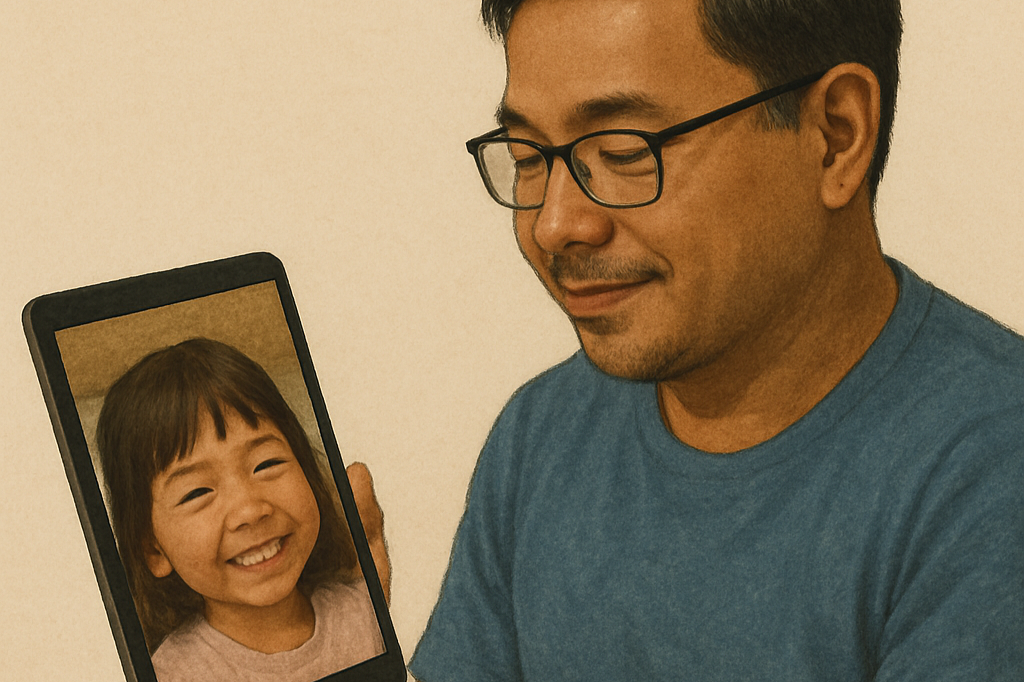Digital dads: Redefining fatherhood in the age of screens
Before the coffee brews and the roosters crow, a Filipino dad in Vancouver is already saying goodnight—not to the close of his own day, but to his daughter, half a world away, blinking up at him through a tablet screen.
This is modern fatherhood: fewer hugs and high-fives, more buffering and bedtime calls. For a growing number of men—especially in countries like the Philippines, where millions leave to work overseas—fatherhood is no longer measured in car rides or shared meals, but in the discipline of showing up across data plans and dropped signals. It is a love transmitted in low resolution, compressed into voice notes and video snippets—and yet, astonishingly, it endures.
In today’s digital era, dads are discovering new ways to stay connected and redefine parenting, one screen at a time. They have adapted to the pace and place of modern life. Whether it’s the OFW father reading bedtime stories over video call or the millennial dad vlogging diaper disasters on TikTok, today’s fathers are parenting through pixels—with surprising intimacy and impact.
The rise of the “dadfluencer” is more than a trend—it’s a cultural shift. These men, once the punchline of sitcoms, now wield ring lights and real talk, portraying fatherhood as hands-on, emotionally available, and even cool. Platforms like Instagram and YouTube offer a stage for dads to celebrate parenting wins, fumble through fails, and break the silence around mental health, masculinity, and vulnerability.
“In the grand saga of Gen X fathers raising children in the digital age, I may never fully master the art of Snapchat filters or viral dances, but I welcome the journey with a smile and an endless supply of dad jokes,” wrote author Ricardo Pamintuan in PhilStar Life.
But not all digital fatherhood is curated. Some dads parent remotely out of necessity: seafarers, overseas workers, or fathers co-parenting after separation. For them, technology is a lifeline—keeping bonds alive through daily messages, surprise video calls, and virtual playdates. These gestures, though filtered through screens, are no less sincere.
Still, digital fatherhood raises difficult questions. Can love through screens feel real enough? Do video calls make up for the absence of physical presence? And will children raised on virtual hugs grow up longing for a closeness that was never fully there?
Yet for many fathers working overseas, the screen is not a substitute—it’s survival. “These gadgets help us continue to become family although we are worlds apart,” said Popoy Lamban, an OFW dad, in an interview with the Philippine Center for Investigative Journalism. For fathers like him, technology is not a perfect bridge, but it’s the only way to be there for the lives they’re helping build from afar.
In this evolving landscape, the meaning of a “hands-on father” is no longer tied to geography. What matters is connection—whether through Wi-Fi signals or whispered goodnights. Digital dads, in all their imperfect innovation, remind us that love, like parenting, always finds a way.



0 Comment